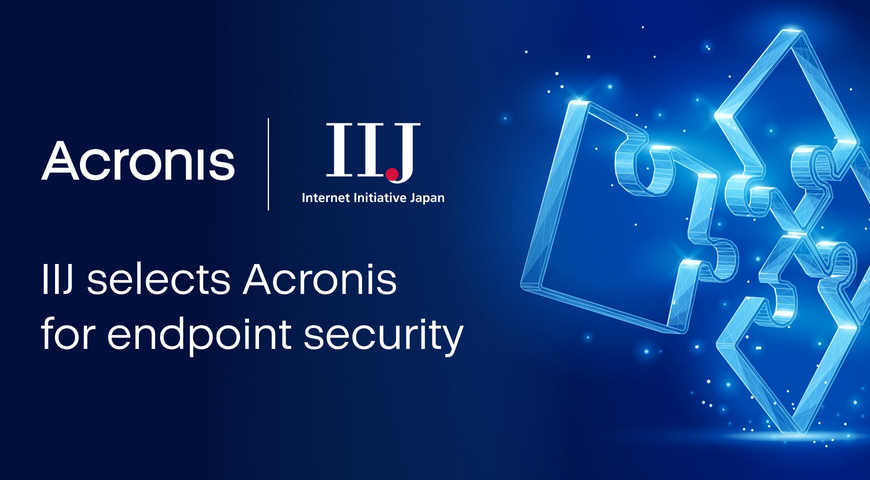By Frank Jablonski
Most businesses have physical servers, virtual machines, or a combination of both supporting production operations. These organizations also have a variety of production workloads such as Microsoft® Exchange for email, SharePoint® for collaboration and content management, and various vendor-supplied or internally-developed applications running SQL database servers. Workloads such as these are your company’s lifeblood, and many times, you need to migrate these workloads to different hardware or virtual machines (VMs).
Reasons for migration vary. You may need to perform maintenance on or upgrade servers, optimize system resources, move physical machines to a virtual environment, replicate servers, or modify IT infrastructure because of a merger, acquisition, or rapid company growth. If you are running Microsoft Windows 2003, you will need to migrate those servers to a new operating system before Microsoft ends support for the operating system in July of this year.
Migrating workloads from one server to another --whether from one revision of an operating system on a physical server to a newer version on a physical server, from a physical server to a virtual server, or from one hypervisor platform to another -- can be difficult. A recent Acronis survey ran by IDC shows 48% of companies are running both physical servers and virtualized servers and 54% of companies are running more than one hypervisor in its environment. One common challenge is securely moving a production workload to a new operating system environment when it is intimately linked to the current environment.
If you don’t execute the migration correctly, you run the risk of losing data, extending downtime, missing revenue opportunities, and adversely affecting perceptions of your company’s customer service – not to mention having to work long, hectic extra hours.
Before you begin any migration of this kind, you need to ensure that your existing system is backed up, including all the supporting information your application workload needs to run in the new environment. The best way to ensure that you have captured everything you need is to make an image backup of your disks. An image backup ensures that all information, including registry keys, license keys, settings, and application-specific data are captured. Comprehensive, complete image backup is professional-grade data protection, and it is available in all Acronis products.
The common alternative of file-based backup for this process presents significant risks for server migration projects, as the technology can overlook and fail to back up hidden yet critical OS and application-specific settings, files and information, making it potentially unavailable in the future. Image backup eliminates the need to select files and folders, making it easier to create a comprehensive, exhaustive backup. Image backup captures everything on the disk, ensuring a complete backup; it is the safest backup method because it never misses a single piece of data.
Another advantage of image backup is the ability to convert a physical server backup to a virtual machine. Converting a physical server backup to a virtual machine (VM) yields a copy of the original machine that you can spin up anytime in the future should you discover a need to access information or data from your old system. This provides an important safety net in case something goes wrong with your migration process and you need to access your original system, license keys, or any other data.
Once you have created your backup, the next step is to migrate the data to your new system. Since the majority of environments include multiple hardware platforms and hypervisors, it is advisable to use professional-grade tools that offer the flexibility to migrate systems between different hardware platforms, to and from virtual machines, and between different hypervisors. An example of this kind of business-class tool is Acronis Universal Restore, which simplifies the migration of data across heterogeneous physical and operating system environments, enabling companies to migrate an entire server onto a bare-metal server. The combination of Acronis disk imaging and universal restore technology lets you simply and reliably migrate your production workload to dissimilar hardware or virtual environments, protecting and preserving every piece of data on any system.
Check out this Use Case on simplifying server workload migrations for more detailed information.
About Acronis
Acronis is a Swiss company, founded in Singapore. Celebrating two decades of innovation, Acronis has more than 1,800 employees in 45 locations. The Acronis Cyber Protect Cloud solution is available in 26 languages in over 150 countries and is used by 20,000 service providers to protect over 750,000 businesses.





